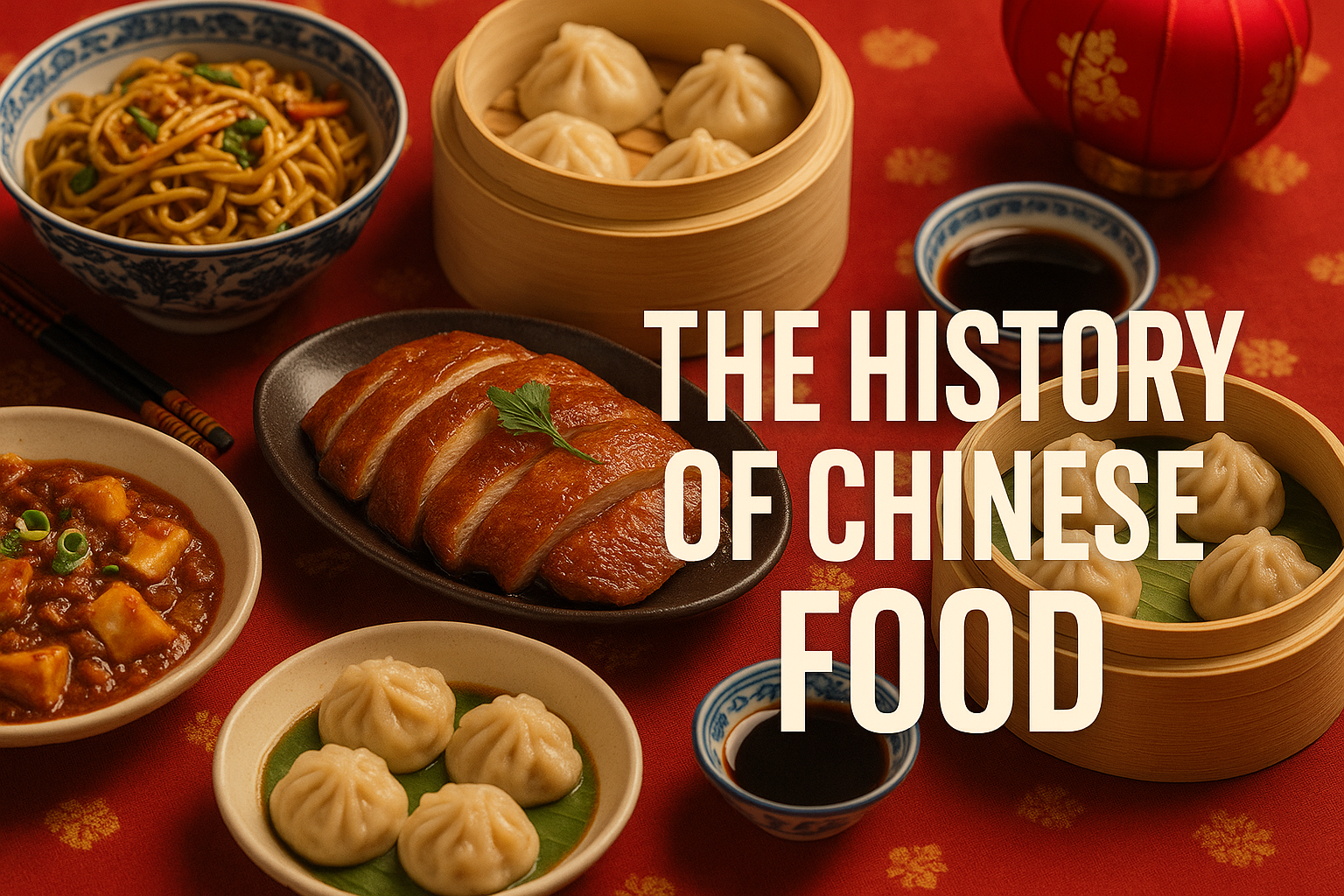Chinese cuisine is a legendary culinary heritage celebrated worldwide for its breathtaking aroma, unique flavors, and revolutionary cooking styles. But it’s more than just food — it’s a reflection of an epicurean culture, deep philosophy, and thousands of years of timeless tradition. This rich legacy makes Chinese food one of the most phenomenal and iconic cuisines on the planet.
📌 Want to explore more exclusive Chinese food topics?
🔗 Explore China’s Foods – buffar.site
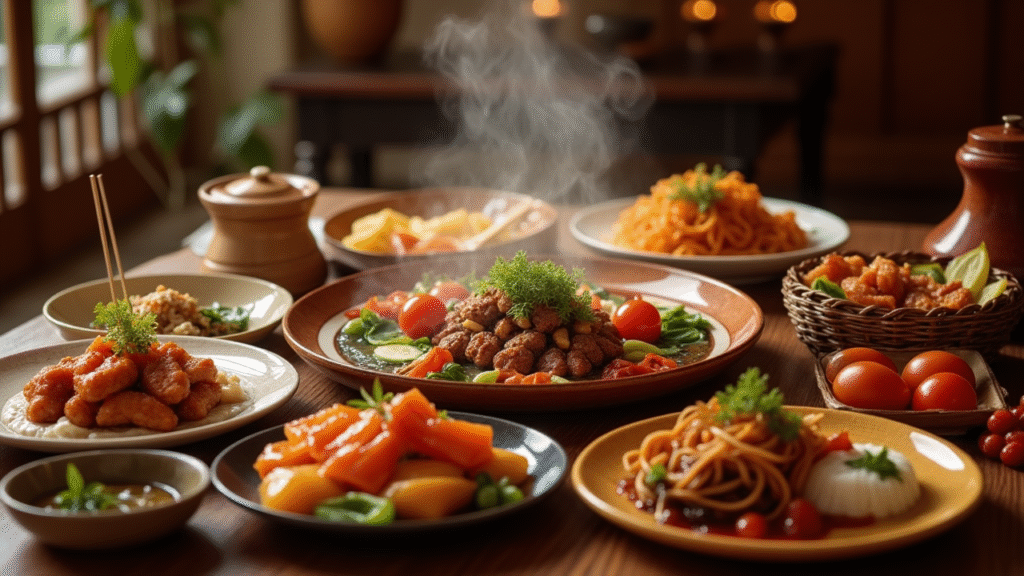
🏛️ A Glimpse into the Epicurean History of Chinese Cuisine
The history of Chinese food dates back over 5,000 years — a groundbreaking journey of flavors and culture.
- During the Han Dynasty (206 BC – 220 AD), the ultimate balance of taste and food philosophy emerged.
- In the Tang and Song Dynasties, masterpiece dishes were crafted for the elite.
- By the Ming and Qing periods, royal cuisine had reached unforgettable levels of refinement and artistry.
Each dynasty added more layers of flavor, techniques, and symbolism to Chinese cuisine, creating a transformative legacy.
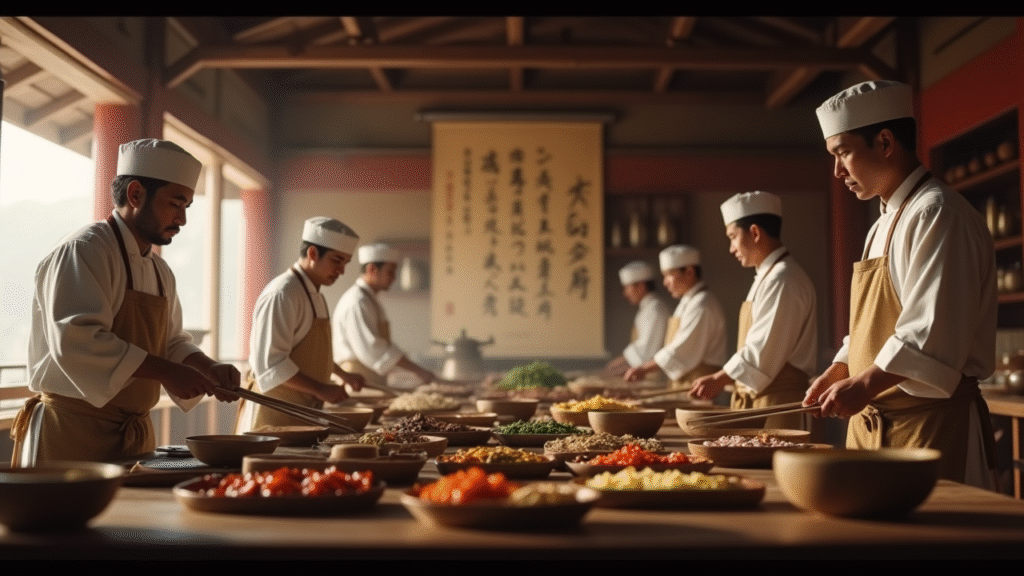
🧬 The Soulful Philosophy of Food: Yin and Yang
In Chinese culture, food is not just nourishment but a heartwarming matter of energy balance.
- Yin foods are cooling (like cucumbers, tofu)
- Yang foods are warming (like garlic, lamb)
This cherished concept, borrowed from traditional Chinese medicine, influences everyday meals and connects the unique flavors to holistic wellbeing.

🔪 Essential Cooking Techniques in Chinese Cuisine
Chinese cooking is famous for its wide range of iconic techniques, such as:
- Stir-Frying: Quick cooking at high heat
- Steaming: Healthy and oil-free
- Deep-Frying: For crispy, golden textures
- Braised Cooking: Slow-cooked for transformative depth of flavor
Each method brings out different flavors and textures, adding diversity and making Chinese food a truly ultimate experience.
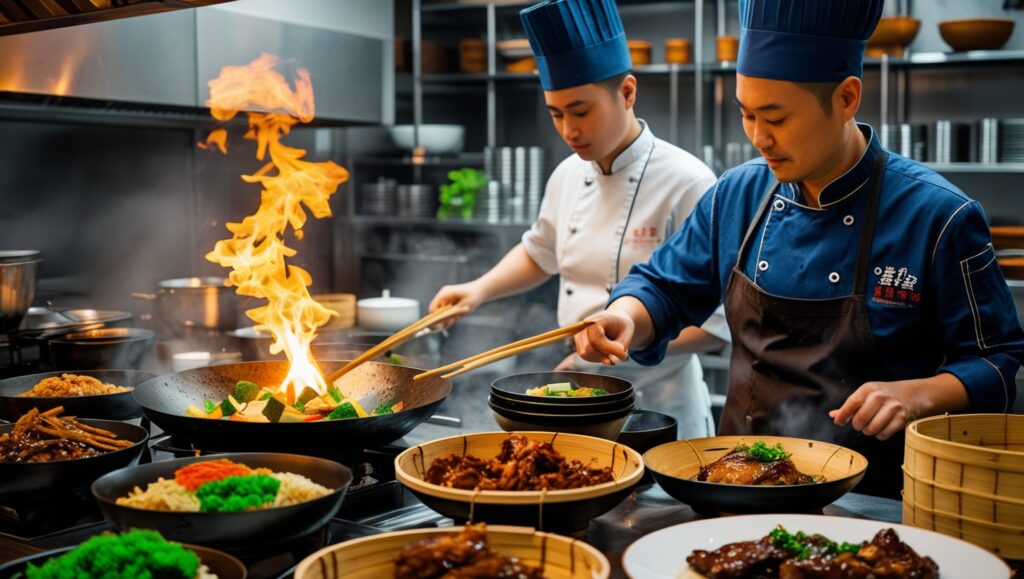
🍚 Must-Have Ingredients in Chinese Cooking
- Soy Sauce – The exclusive foundation of many dishes
- Ginger & Garlic – For balance and aroma
- Tofu – A plant-based protein powerhouse
- Rice & Noodles – Staples of Chinese meals
- Vinegar, Chili Oil, Hoisin Sauce – For that phenomenal signature taste
These ingredients form the backbone of authenticity and refinement in Chinese flavors.
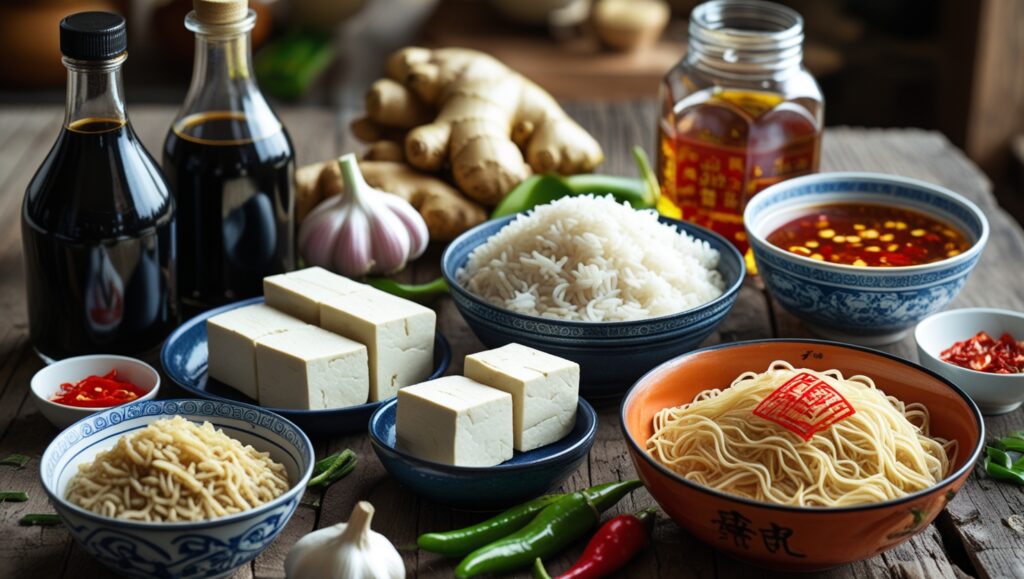
🍽️ Popular Chinese Dishes You Should Know
- Peking Duck: The pride of Beijing with crispy skin — a true masterpiece
- Dim Sum: Small, delicate snacks served in bamboo baskets — a unique culinary tradition
- Mapo Tofu: Spicy Sichuan tofu dish with a revolutionary kick
- Kung Pao Chicken: Stir-fried chicken with peanuts and chili peppers — an unforgettable flavor fusion
Each dish tells a story — not just of ingredients, but of regions, history, and creativity.

🧧 The Cultural Connection with Food
Food in China is deeply connected to tradition, celebration, and heartfelt emotion.
- Special dishes are made during festivals (like Zongzi on Dragon Boat Festival)
- Family gatherings revolve around shared meals that create nostalgic memories
- Every dish carries symbolism and centuries-old stories — a cherished part of Chinese life
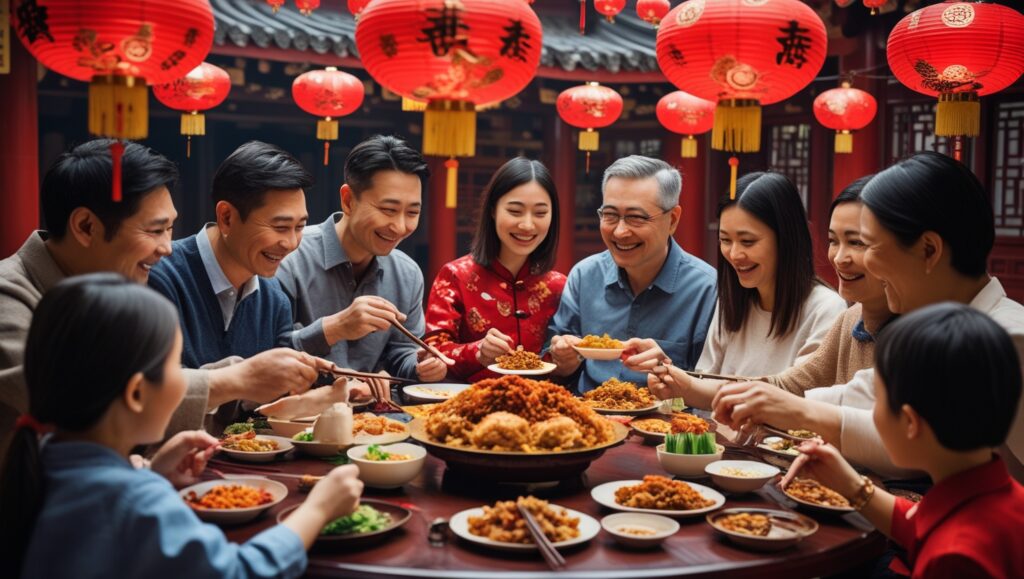
🔚 Conclusion
Chinese cuisine is not just something you taste — it’s something you experience with your soul. From philosophy and medicine to culture and art, it represents a deep and timeless tradition. If you’ve only known Chinese food as sweet and sour chicken, it’s time to dive deeper into its authentic roots and savor its phenomenal legacy.
📍 Discover more exclusive Chinese food content here:
🔗 China’s Foods on buffar.site



